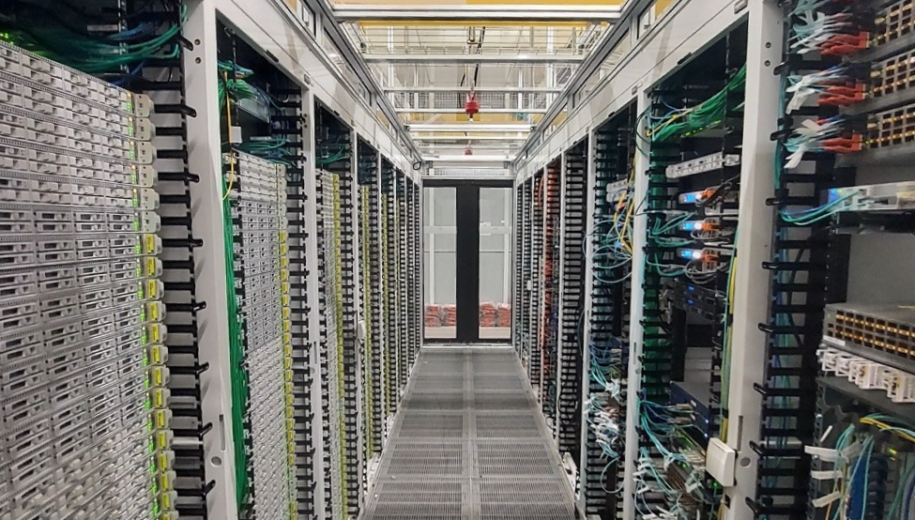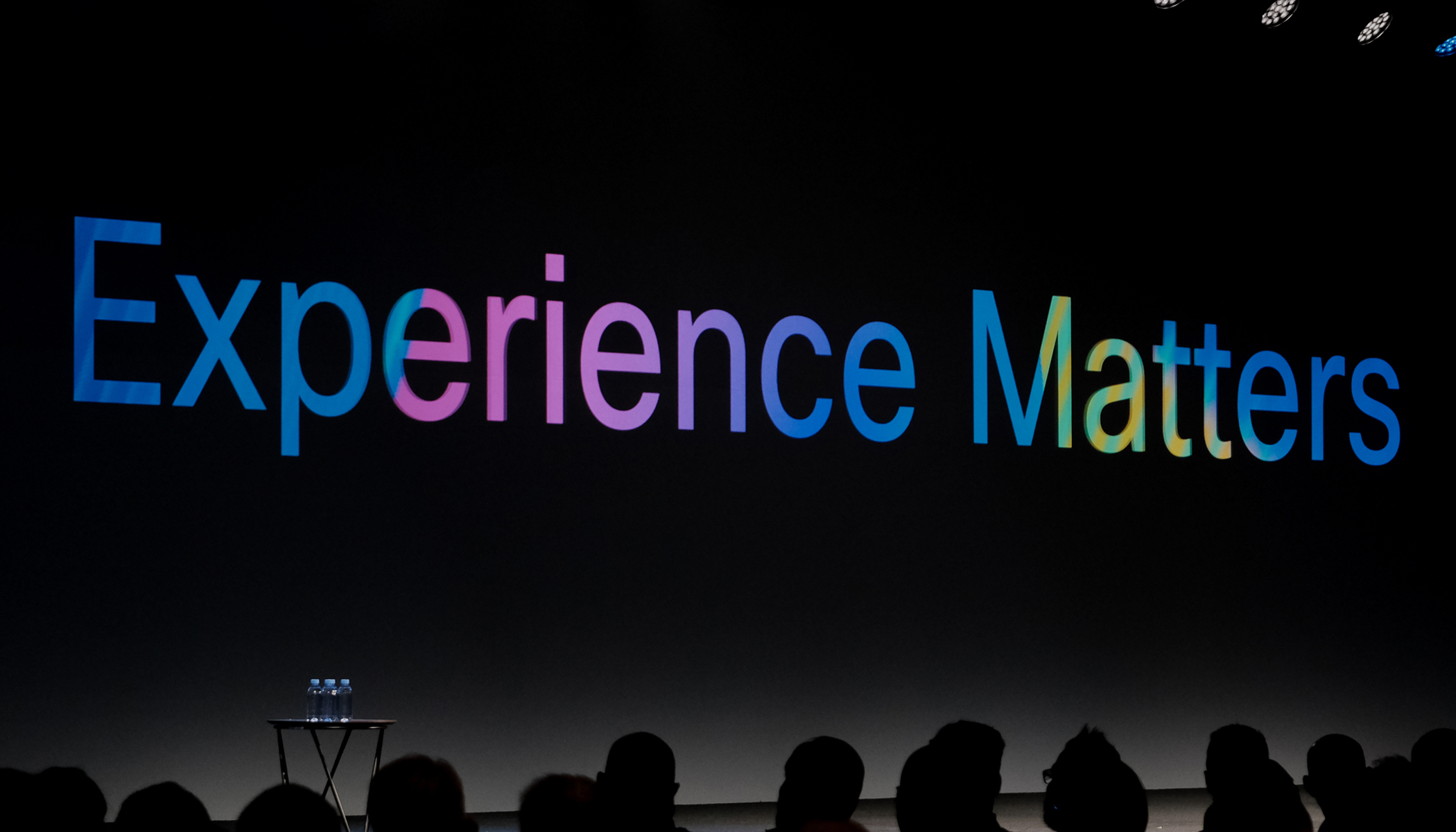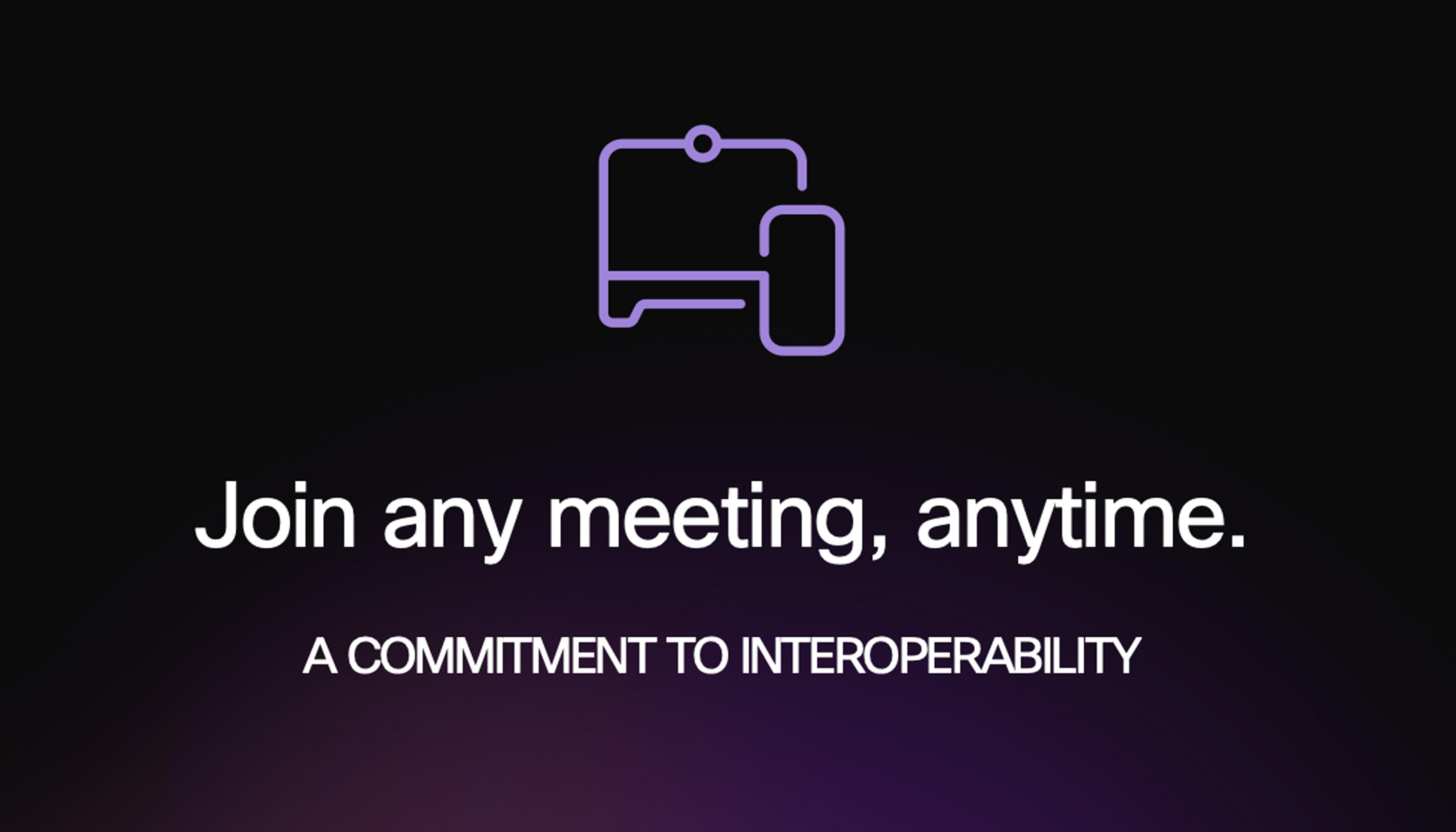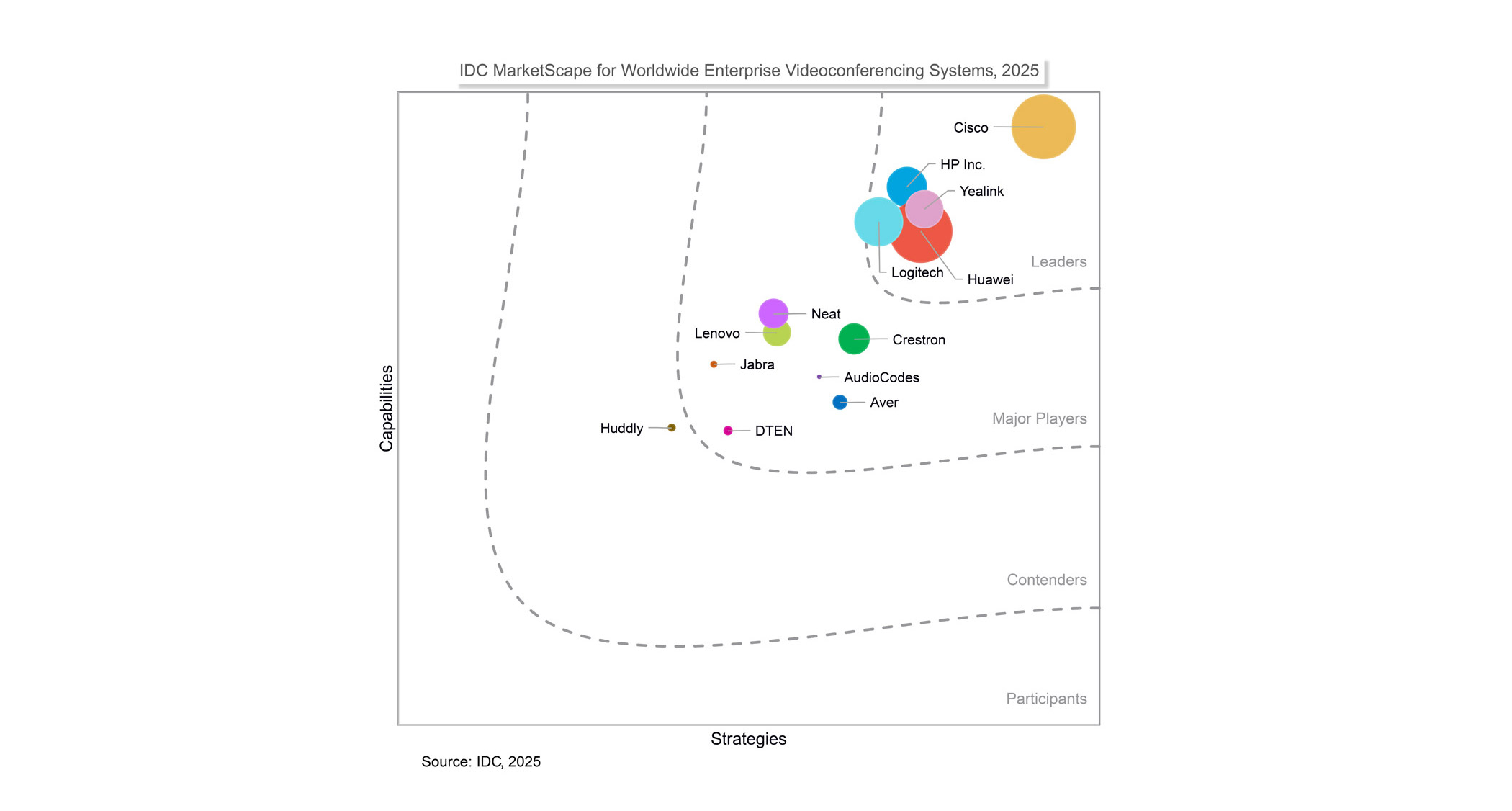The evolution of our cloud
This month, Webex announced the debut of our latest data center in Frankfurt, Germany. This facility is the new flagship in the Cloud for Webex with a unified design constructed to sustain continued growth, support a rich experience for our users, and provide industry-leading security and management across the Webex Suite.
Frankfurt embodies an evolution we started over 18 months ago that has one goal in mind: to simplify how we’re operating the Cloud for Webex and help our customers use and manage their collaboration suite. This evolved operating model — one that looks at the entire ecosystem as a whole — allows Webex to align and unify collaboration services including messaging, meeting, and calling into a single, consistent user experience.
A better Cloud for Webex
The new Frankfurt data center is the blueprint for our facilities going forward and embodies the latest design innovations from my team — the organization responsible for the ecosystem management and core infrastructure services (data center, compute, storage, and network). Our approach focuses on delivering a solution that provides a highly reliable, available, and secure foundation while providing regional capabilities to address customer needs.
Frankfurt is paired with a second data center in the European Union (EU) in Amsterdam for redundancy and performance. It also extends our enhanced security, confidentiality, compliance, and privacy capabilities, including end-to-end encryption, threat management, and secure user authentication.
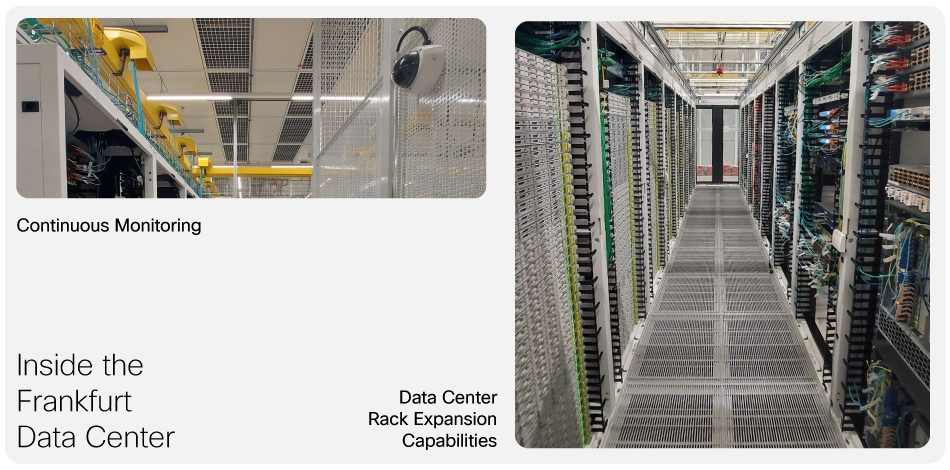
Where’s my data?
Allowing customers to keep their data stored locally because of specific data locality and local compliance needs has been a driving factor in our approach. The Frankfurt and Amsterdam pair allow our EU customers the choice to keep their data stored in the EU. Users can be confident in knowing that their data — including meeting artifacts, messages, files, and whiteboards — will never leave the region.
Under the Webex data sovereignty (or data locality) model, all functions are performed within a region, helping customers comply with local requirements for security and authorizations. Personally identifiable Information (PII) and encryption keys never leave the assigned territory, providing an additional layer of protection for sensitive information. The Webex data sovereignty model has been extended to support other customer use cases, including the Webex FedRAMP offering, Webex for Government, and the Webex for the U.S. Department of Defense IL5 that is undergoing certification.
Making the most of the technology
Our unified design features best-in-class technology, including the Cisco ASR routing platform, Cisco Application Centric Infrastructure (ACI), Cisco UCS, ThousandEyes, and Cisco Firepower. Because audio and video traffic need high bandwidth and low latency, we’ve integrated high-performing processing and connectivity to provide users a high-quality experience. The data center design features high-throughput and nonblocking DC LAN switches to get the best throughput per port on each device. For example, we’re using the Nexus 9000, getting 100 gigs per port, versus legacy designs that may get only about 60% of that performance.
The most dramatic feature of our new unified design is its “software management capability” model. The Cloud for Webex team can operate the infrastructure as code with full software-defined infrastructure model capabilities, bolstering our deployment, provisioning, speed-to-market, and flexibility capabilities. The architecture enables horizontal scale-out, allowing additional flexibility to add more compute, storage, and networking without impacting existing infrastructure.
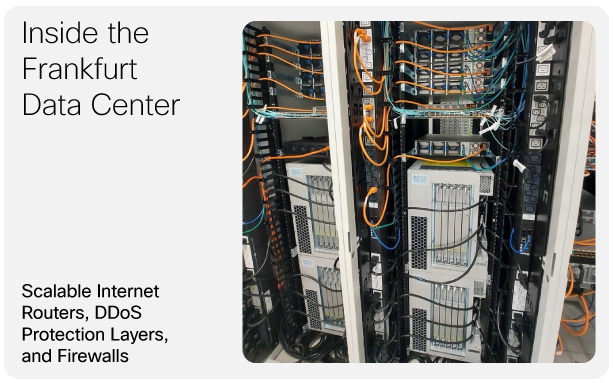
Managing the ecosystem
When we began this journey 18 months ago, we set out to evolve our model for managing the Cloud for Webex. When you consider the changes we’ve seen in the way people are working and the effect this has on a user’s expectation for the experience, you start asking different questions. We’re using a wide lens to understand how specific issues in the Webex Suite stretch across other areas of the user experience. This methodology starts at the management level of our incident-response teams and is woven into the tapestry of our entire team.
With a more holistic view of the Cloud for Webex, our team can use APIs in our software-defined infrastructure to enable data-driven insights that increase our proactive and predictive operations capabilities. Armed with this view, we can now understand how an issue in one particular area may be impacting services or features across the entire user and administration experience. Multiple areas of the platform are also self-healing, setting the stage for the infrastructure to resolve issues in ways that our customers never see. All this is built on a redundant infrastructure to reduce customer impact.
What will the Cloud for Webex look like tomorrow?
Looking down the road, our team is focused on advancing the foundation of our Webex Suite. The new Frankfurt data center exemplifies our ability to accelerate into new markets and make our cloud more effective and efficient in hybrid cloud environments, all connected by a backbone that supports audio and video quality for the best user experience.
What will the Cloud for Webex look like tomorrow? The same user experience you would expect from Webex. We’re just accelerating our evolution!
Learn more
What’s new in Webex: June 2021
What’s new in the Webex App: June 2021
How to share real-time data with customers through video conferencing
Get alerts and insights for every new release of software that focus on business results.
